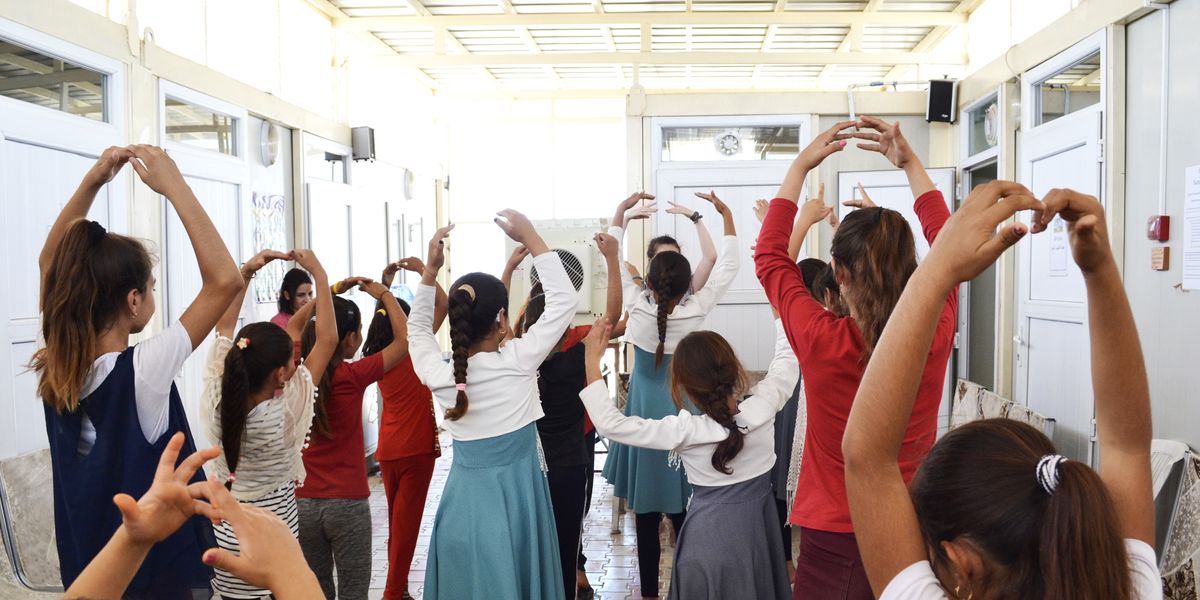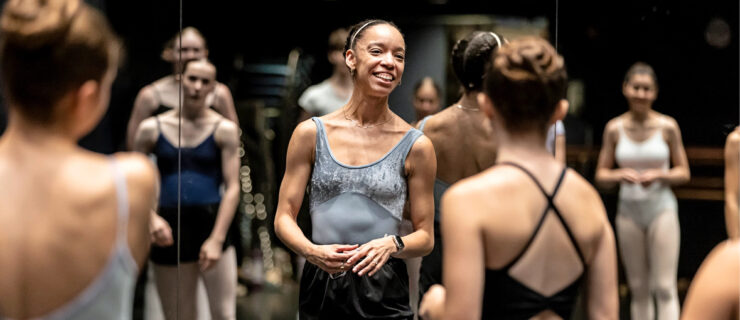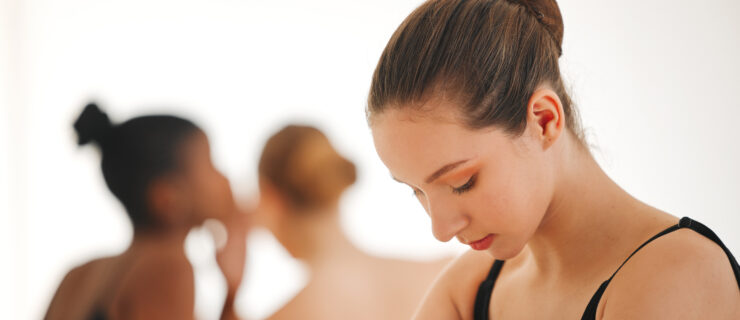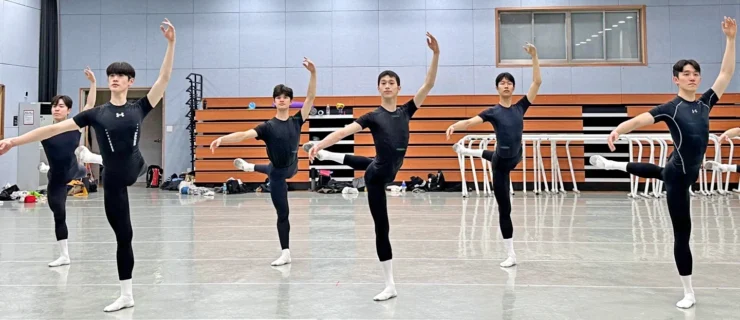How One Dance Major Spent Her Summer Teaching in Iraq
Lydia Mathis has been dancing since she was 3, but she only recently discovered how the art form can help with trauma. This summer, the Belhaven University student used her skill set to teach dance and movement classes at a refugee camp in northern Iraq.
Mathis, 21, led a five-week class with Yazidi children who have been displaced because of the conflict with ISIS. Yazidis are an ethnic and religious group, and depression and trauma are serious issues for these children. Dance helps combat that.
 Lydia Mathis (center) leads a movement class in Iraq. All photos courtesy Samaritan’s Purse.
Lydia Mathis (center) leads a movement class in Iraq. All photos courtesy Samaritan’s Purse.
“Since being in college, I’ve become really interested in the science of movement, as well as the science and psychology behind trauma,” Mathis says.
That interest took her to Iraq, where her sister works, in 2016. Internally displaced persons are living in more than 2,000 temporary settlements in Iraq, according to the UN Refugee Agency.
During her first visit to the country, Mathis was able to see and learn about the different projects led by an organization called Samaritan’s Purse. “That’s where I really connected with the trauma therapists. We started talking about the possibility of me coming back to teach dance as one of the programs they would run,” she says.
 Courtesy Samaritan’s Purse
Courtesy Samaritan’s Purse
That led her to return to Iraq this summer. She taught two groups, young children and older girls, ages 11 to 15, and took part in an afternoon mentorship program with the therapists.
Mathis initially thought she would teach a combination of classes divided into ballet, modern and creative movement, but after speaking with the trauma therapists, they decided that there needed to be extra sensitivity around dance terminology, so as to not offend the elders. Mathis says the Yazidis are not currently performing their cultural dances as a sign of mourning their losses and for those still in captivity. Because of this, the sessions were simply called movement classes and blended ballet and modern techniques and creative movement.
 Courtesy Samaritan’s Purse
Courtesy Samaritan’s Purse
“It’s been really exciting,” she says. “With the older girls, especially, I’ll put out something like tendus or ronds de jambe, and they already recognize it as ballet. So they’ll be like, ‘Ballet! ballet!’ and they just get really excited. That’s been super-fun.”
Spending five weeks in a war-torn country may not be for every college student, but Mathis says it was helpful having visited before. Still, there’s been some culture shock, particularly around how the female body is viewed. As a dancer, Mathis says she’s very in-tune with her body and its movement. In some areas of the Middle East, however, women’s clothing is much more conservative—a stark contrast from ballet’s traditional leotard-and-tights uniform.
“That is something I’m just very acutely aware of, but also something that carries into this cultural sensitivity of working with another group of people,” she adds.
Mathis says it’s been fascinating watching how the kids, especially the older girls, crave movement. Many sit in camps all day with little physical activity, so seeing them increase their capacity for the movement and learn they can have a presence with their bodies has been exciting, she says.
 Courtesy Samaritan’s Purse
Courtesy Samaritan’s Purse
While the students spoke Kurdish, Mathis says she was able to communicate with them through movement and through a translator, when necessary.
Ultimately, she has learned that dance can be its own language without words. “I don’t necessarily need a translator to have a class,” she says, “because movement goes beyond words and cultural barriers.”





